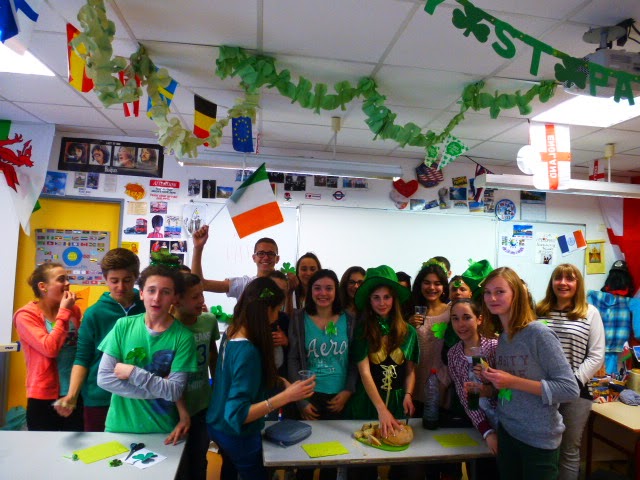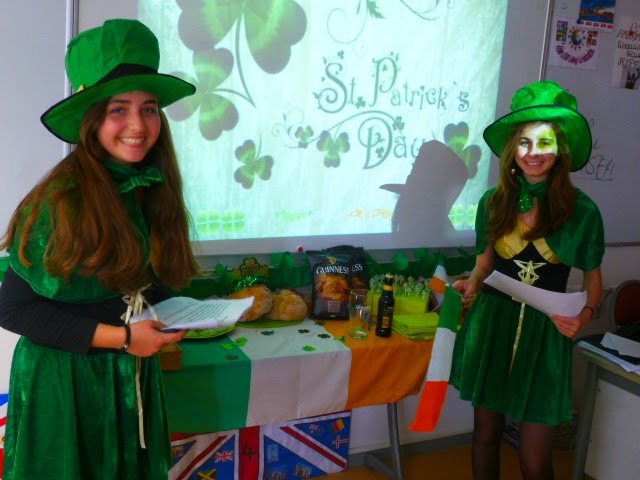To revise for your test on Shakespeare and Queen Victoria do the following quiz
Shakespeare:
1- http://www.schoolhistory.co.
2- http://www.go4quiz.com/49/william-shakespeare-quiz/
Victoria:
1 -http://news.bbc.co.uk/cbbcnews/hi/newsid_7150000/newsid_7153700/7153704.s
2-http://www.funtrivia.com/playquiz/quiz7358086efa8.html
3 -http://www.schoolsliaison.org.uk/kids/siteactivities/victorian_quiz.pdf
Victoria:
1 -http://news.bbc.co.uk/cbbcnews/hi/newsid_7150000/newsid_7153700/7153704.s
2-http://www.funtrivia.com/playquiz/quiz7358086efa8.html
3 -http://www.schoolsliaison.org.uk/kids/siteactivities/victorian_quiz.pdf
VICTORIAN PERIOD
GAME !! walk through a Victorian House!Travel back in time to Victorian London!
Who were the Victorians?
(1837 to 1901)
(1837 to 1901)
 The Victorian age in British history is named after Queen Victoria, who was Britain's queen from 1837 until 1901.
The Victorian age in British history is named after Queen Victoria, who was Britain's queen from 1837 until 1901.What was life like for Victorian children? There were big differences in homes, schools, toys and entertainments. No TV, no computers, no central heating, no cars (until the last few years of Victoria's reign). No air travel - unless you went up in a balloon! Many children went to work, not to school.
The British Empire
Britain ruled the British Empire. Victoria was Empress of India as well as Queen of Britain, Canada (the biggest country in the Empire) and small countries such as Jamaica. Trade with the Empire helped make Britain rich. Some British children emigrated with their families to new homes in Australia, New Zealand, South Africa and Canada. Children were taught about the Empire in school.THE INDUSTRIAL REVOLUTION
The Industrial Revolution changed Britain from a land of small towns, villages and farms into a land of cities, large towns and factories. Thepopulation grew from 16 million in 1801 to over 41 million by 1901. Cities grew fast, as people moved from the countryside to work in factories.
Men, women and children worked in factories, and in coal mines. Factory and mine owners became rich, but most factory and mine workers were poor. They were paid low wages, and lived in unhealthy, overcrowded slums.
FAMOUS VICTORIANS
Victoria was born in 1819 in Kensington Palace in London. Her name was Alexandrina Victoria. When Princess Victoria was 18 years old her uncle King William died and she became queen. She was crowned at Westminster Abbey in 1838. Victoria married her handsome cousin Albert a young prince from Germany. (She had proposed to him). Albert didn't speak English very well and lots of people didn't likehim.
Lord Shaftesbury (1801-1885)
Anthony Ashley Cooper, the eldest son of the 6th Earl of Shaftesbury, was born on 28th April, 1801. He became the Earl of Shaftesbury in 1851.
Lord Shaftesbury was a politician who attempted to improve children's lives during the Victorian times
At the age of 25, he became a member of Parliament. He began to take an interest in the plight of poor children after reading newspaper reports about labour in industry.
1833 He proposed that children should work for a maximum of 10 hours a day
1834 the Factory Act was made law. It was now illegal for children under 9 to be employed in textile factories
1842 Coal Mines Act
No child or woman should work underground
He was also interested in education for working children. He was chairman of the Ragged Schools Union - an organisation that set up over a hundred schools for poor children
Lord Shaftesbury (1801-1885)
Anthony Ashley Cooper, the eldest son of the 6th Earl of Shaftesbury, was born on 28th April, 1801. He became the Earl of Shaftesbury in 1851.
Lord Shaftesbury was a politician who attempted to improve children's lives during the Victorian times
At the age of 25, he became a member of Parliament. He began to take an interest in the plight of poor children after reading newspaper reports about labour in industry.
1833 He proposed that children should work for a maximum of 10 hours a day
1834 the Factory Act was made law. It was now illegal for children under 9 to be employed in textile factories
1842 Coal Mines Act
No child or woman should work underground
He was also interested in education for working children. He was chairman of the Ragged Schools Union - an organisation that set up over a hundred schools for poor children
ALEXANDER GRAHAM BELL : (1847-1922)
He was the inventor of the telephone
 CHARLES DARWIN (1809 -1882)
CHARLES DARWIN (1809 -1882)Darwin was born on February 12, 1809 in Shrewsbury, England. In 1831 he joined a scientific expedition bound for South America and the Pacific Ocean on a sailing ship called The Beagle (1831 - 36). He was to be the ship's naturalist, the expert on plants and animals.
In the Galapagos Islands Darwin noticed how the same species of birds, cut off from centuries on different islands, had developed in quite different ways. This and many other amazing discoveries led him to his theory of 'evolution by natural selection'. This theory lies behind all modern ideas on how different species of living things have become to be the way they are and how they will change in the future.
Charles Dickens 1812-1870


VISIT THE CHARLES DICKENS MUSEUM IN LONDON !!http://www.dickensmuseum.com/



QUIZ
VICTORIAN SCHOOLS
Who went to school during the Victorian times?
In early Victorian England, most children never went to school at all and grew up unable to read or write. Instead they were sent out to work to earn money for their families. Only the upper and middle class children went to school.
Rich Children
Children from rich families were taught at home by a governess until they were 10 years old. Once a boy turned ten, he went away to Public schools like Eton or Harrow. There were very few schools available for girls, however, until near the end of the Victorian time. Wealthy girls were mostly educated at home.
Where did poor children go to school?
Poor children went to free charity schools or 'Dame' schools (so called because they were run by women) for young children. They also went to Sunday Schools which were run by churches. There they learnt bible stories and were taught to read a little.
Why go to school?
The Victorians soon realised that it was important for people to be able to read and write and education became more important. The Church of England became active in the field and erected 'National Schools' which taught children reading, writing, arithmetic and religion.
When did attending school become mandatory?
It wasn't until 1880 that schooling became mandatory. All children had to attend a school until they were 10 years old. In1889, the school leaving age was raised to twelve, and in 1891, the school's pence fee was abolished and schools became free.
What were the schools like?
There could be as many as 70 or 80 pupils in one class, especially in cities. The teachers were very strict. Children were often taught by reading and copying things down, or chanting things till they were perfect.
I
n many Victorian schools pupil-teachers helped with the teaching. The pupil-teachers were boys and girls of 13 and over. After five years of apprenticeship they could themselves become teachers.
What did the schools teach?
Typical lessons at school included the three Rs - Reading, WRiting and Dictation, and ARithmetic. In addition to the three Rs which were taught most of the day, once a week the children learned geography, history and singing. The girls learned how to sew.
Schools did not teach music or PE in the way that schools do now. Children sometimes did 'drill' in the classroom. Drill was a series of exercises that were done by the side of a desk.
The children sat on hard wooden benches or chairs.
Can you see the holes for the ink pots?
For maths lessons, children used frames with coloured wooden beads, much like an abacus. Children learned how to multiply and divide using this apparatus.
What was a Victorian school day like?
The day usually began with prayers and religious instruction. Morning lessons ran from 9a.m. to 12p.m. Children often went home for a meal, then returned for afternoon classes from 2p.m. to 5p.m.
Why did Victorian children write on slates?
Paper was expensive. Children usually therefore wrote on slates with slate pencils. After a lesson was completed, and the teacher checked their work, the students cleared their slates for the next lesson.
Did Victorian children use pens?
Older children learnt to write on paper. An 'ink monitor' distributed ink to the children, who used pens made out of thin wooden sticks with steel needles. The pen had to be dipped every few words or it would run dry.
http://www.funtrivia.com/playquiz/quiz29672121f8500.html







































